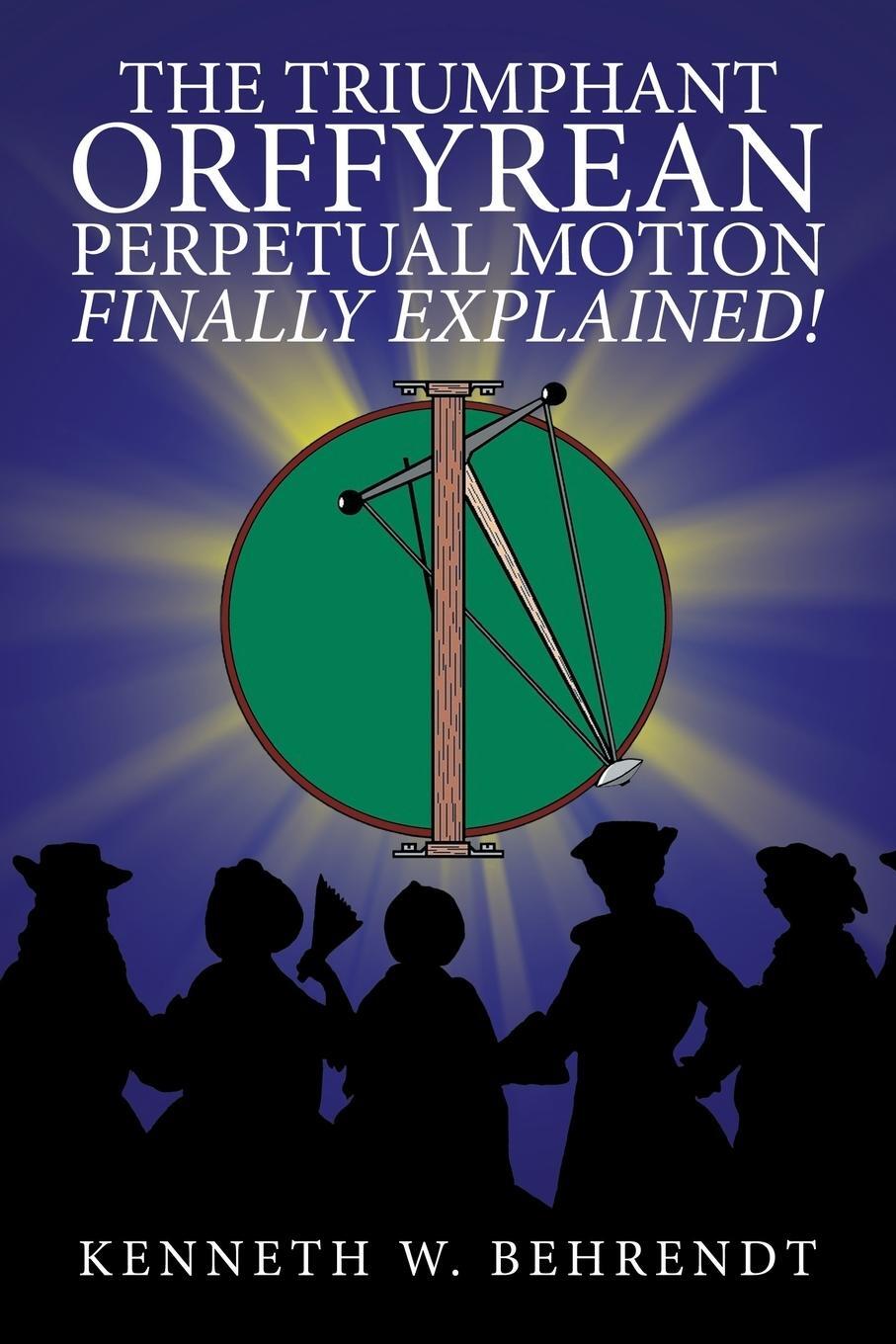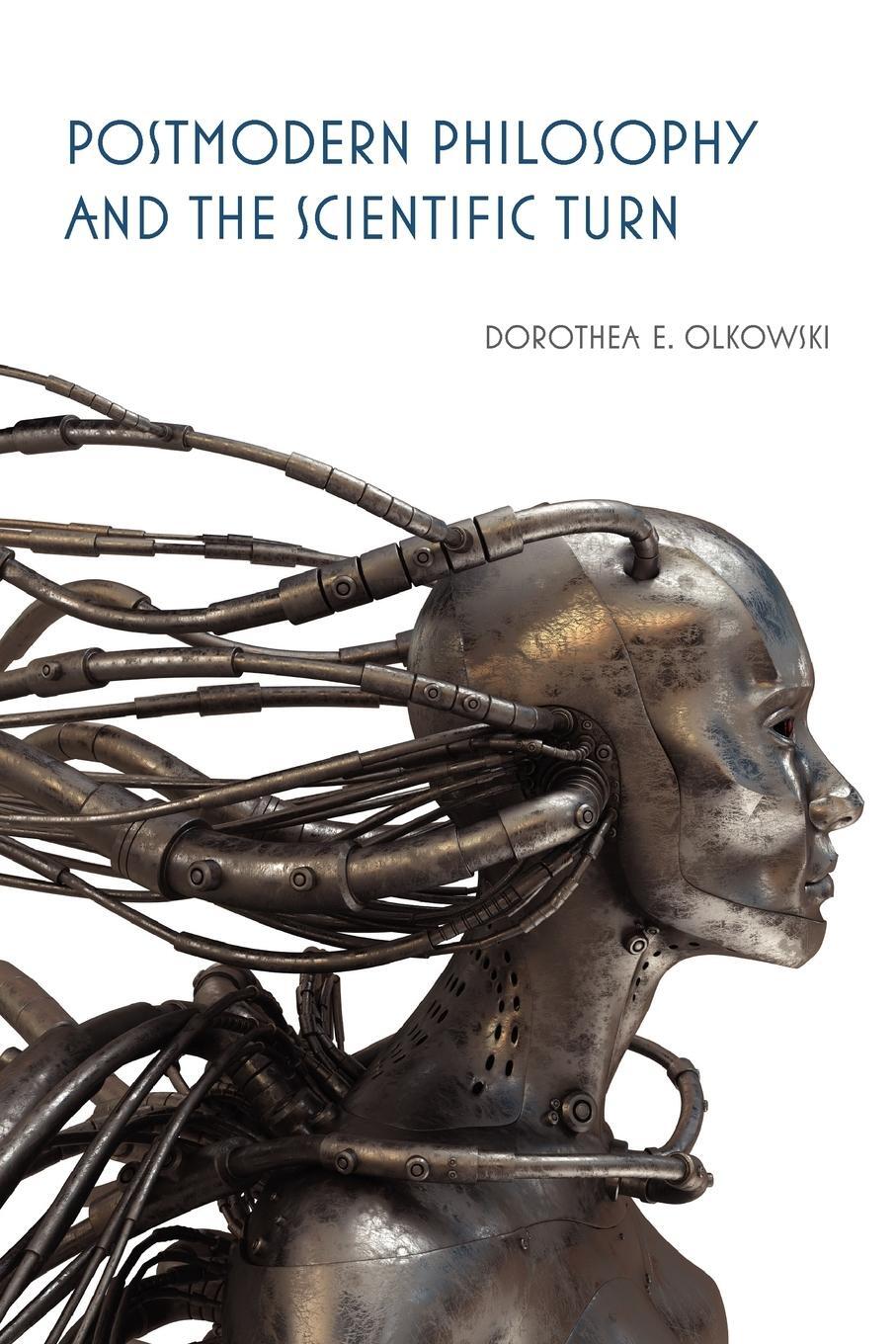Dekorationsartikel gehören nicht zum Leistungsumfang.
Sprache:
Englisch
42,45 €*
Versandkostenfrei per Post / DHL
Lieferzeit 4-7 Werktage
Kategorien:
Beschreibung
In June of 1712, a previously obscure German-Polish inventor named Johann Ernst Elias Bessler first came to prominence in the town of Gera, Saxony, by publicly exhibiting a remarkable invention. It was a self-moving perpetual motion wheel whose secret mechanics had taken him a decade of sacrifice, toil, and the construction of about a hundred handmade models to finally obtain. In the years following, he continued to improve his successful invention and eventually constructed and demonstrated a twelve-foot-diameter wheel at a count's castle in the town of Kassel, Saxony. By then, his marvelous wheels were the talk of European high society and had been witnessed by thousands of people. His dream was to sell one of his amazing machines and then use the money to found a religious university dedicated to teaching the many technical crafts he had learned during his life and travels.
Bessler, however, fearing an unscrupulous buyer might try to learn the secret of his wheels before complete payment was made, demanded a single upfront sum that at the time was equal to the value of a ton of gold! It was an amount of money that only the richest could afford to pay, yet none seemed willing to do so unless he could know the secret of Bessler's wheels before the sale was made in order to satisfy himself that he was not paying a king's ransom for a worthless fake. As a consequence of this stalemate, the invention was never sold, and in November of 1745, Bessler, then sixty-five years of age, was killed in a tragic construction accident. He took the secret of his wheels to his grave, and it has remained there for the last three centuries despite the efforts of thousands of perpetual motion seekers to rediscover it.
Now, however, with the publication of The Triumphant Orffyrean Perpetual Motion Finally Explained! this situation has changed. After discovering an unsuspected source of hidden instructions Bessler left to guide future reverse engineers of his wheels and then using them to construct and test over two thousand computer models, author and researcher Kenneth W. Behrendt can finally reveal the long-sought secret of Bessler's wheels and do so with enough detail to allow them to be duplicated today! This groundbreaking treatment of the subject should be of great interest to anybody wondering about the possibility of self-motive machinery in general or seeking to explore the topic of Bessler's wheels at a far deeper level than was previously possible.
Bessler, however, fearing an unscrupulous buyer might try to learn the secret of his wheels before complete payment was made, demanded a single upfront sum that at the time was equal to the value of a ton of gold! It was an amount of money that only the richest could afford to pay, yet none seemed willing to do so unless he could know the secret of Bessler's wheels before the sale was made in order to satisfy himself that he was not paying a king's ransom for a worthless fake. As a consequence of this stalemate, the invention was never sold, and in November of 1745, Bessler, then sixty-five years of age, was killed in a tragic construction accident. He took the secret of his wheels to his grave, and it has remained there for the last three centuries despite the efforts of thousands of perpetual motion seekers to rediscover it.
Now, however, with the publication of The Triumphant Orffyrean Perpetual Motion Finally Explained! this situation has changed. After discovering an unsuspected source of hidden instructions Bessler left to guide future reverse engineers of his wheels and then using them to construct and test over two thousand computer models, author and researcher Kenneth W. Behrendt can finally reveal the long-sought secret of Bessler's wheels and do so with enough detail to allow them to be duplicated today! This groundbreaking treatment of the subject should be of great interest to anybody wondering about the possibility of self-motive machinery in general or seeking to explore the topic of Bessler's wheels at a far deeper level than was previously possible.
In June of 1712, a previously obscure German-Polish inventor named Johann Ernst Elias Bessler first came to prominence in the town of Gera, Saxony, by publicly exhibiting a remarkable invention. It was a self-moving perpetual motion wheel whose secret mechanics had taken him a decade of sacrifice, toil, and the construction of about a hundred handmade models to finally obtain. In the years following, he continued to improve his successful invention and eventually constructed and demonstrated a twelve-foot-diameter wheel at a count's castle in the town of Kassel, Saxony. By then, his marvelous wheels were the talk of European high society and had been witnessed by thousands of people. His dream was to sell one of his amazing machines and then use the money to found a religious university dedicated to teaching the many technical crafts he had learned during his life and travels.
Bessler, however, fearing an unscrupulous buyer might try to learn the secret of his wheels before complete payment was made, demanded a single upfront sum that at the time was equal to the value of a ton of gold! It was an amount of money that only the richest could afford to pay, yet none seemed willing to do so unless he could know the secret of Bessler's wheels before the sale was made in order to satisfy himself that he was not paying a king's ransom for a worthless fake. As a consequence of this stalemate, the invention was never sold, and in November of 1745, Bessler, then sixty-five years of age, was killed in a tragic construction accident. He took the secret of his wheels to his grave, and it has remained there for the last three centuries despite the efforts of thousands of perpetual motion seekers to rediscover it.
Now, however, with the publication of The Triumphant Orffyrean Perpetual Motion Finally Explained! this situation has changed. After discovering an unsuspected source of hidden instructions Bessler left to guide future reverse engineers of his wheels and then using them to construct and test over two thousand computer models, author and researcher Kenneth W. Behrendt can finally reveal the long-sought secret of Bessler's wheels and do so with enough detail to allow them to be duplicated today! This groundbreaking treatment of the subject should be of great interest to anybody wondering about the possibility of self-motive machinery in general or seeking to explore the topic of Bessler's wheels at a far deeper level than was previously possible.
Bessler, however, fearing an unscrupulous buyer might try to learn the secret of his wheels before complete payment was made, demanded a single upfront sum that at the time was equal to the value of a ton of gold! It was an amount of money that only the richest could afford to pay, yet none seemed willing to do so unless he could know the secret of Bessler's wheels before the sale was made in order to satisfy himself that he was not paying a king's ransom for a worthless fake. As a consequence of this stalemate, the invention was never sold, and in November of 1745, Bessler, then sixty-five years of age, was killed in a tragic construction accident. He took the secret of his wheels to his grave, and it has remained there for the last three centuries despite the efforts of thousands of perpetual motion seekers to rediscover it.
Now, however, with the publication of The Triumphant Orffyrean Perpetual Motion Finally Explained! this situation has changed. After discovering an unsuspected source of hidden instructions Bessler left to guide future reverse engineers of his wheels and then using them to construct and test over two thousand computer models, author and researcher Kenneth W. Behrendt can finally reveal the long-sought secret of Bessler's wheels and do so with enough detail to allow them to be duplicated today! This groundbreaking treatment of the subject should be of great interest to anybody wondering about the possibility of self-motive machinery in general or seeking to explore the topic of Bessler's wheels at a far deeper level than was previously possible.
Details
| Erscheinungsjahr: | 2019 |
|---|---|
| Genre: | Technik allg. |
| Rubrik: | Naturwissenschaften & Technik |
| Medium: | Taschenbuch |
| Seiten: | 804 |
| ISBN-13: | 9781546276463 |
| ISBN-10: | 1546276467 |
| Sprache: | Englisch |
| Ausstattung / Beilage: | Paperback |
| Einband: | Kartoniert / Broschiert |
| Autor: | Behrendt, Kenneth W. |
| Hersteller: | AuthorHouse |
| Maße: | 229 x 152 x 47 mm |
| Von/Mit: | Kenneth W. Behrendt |
| Erscheinungsdatum: | 07.02.2019 |
| Gewicht: | 1,281 kg |
Details
| Erscheinungsjahr: | 2019 |
|---|---|
| Genre: | Technik allg. |
| Rubrik: | Naturwissenschaften & Technik |
| Medium: | Taschenbuch |
| Seiten: | 804 |
| ISBN-13: | 9781546276463 |
| ISBN-10: | 1546276467 |
| Sprache: | Englisch |
| Ausstattung / Beilage: | Paperback |
| Einband: | Kartoniert / Broschiert |
| Autor: | Behrendt, Kenneth W. |
| Hersteller: | AuthorHouse |
| Maße: | 229 x 152 x 47 mm |
| Von/Mit: | Kenneth W. Behrendt |
| Erscheinungsdatum: | 07.02.2019 |
| Gewicht: | 1,281 kg |
Warnhinweis












